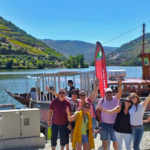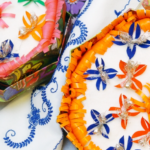Two of the wonders of western Portugal
Explore the medieval town of Óbidos, one of Portugal’s most picturesque and well-preserved, which is located only about 80km from Lisbon, close to the Atlantic coast.
Discover Peniche, the westernmost city in continental Europe, which has a history associated with its peninsular and once insular geography. A fantastic region waiting for you to visit!
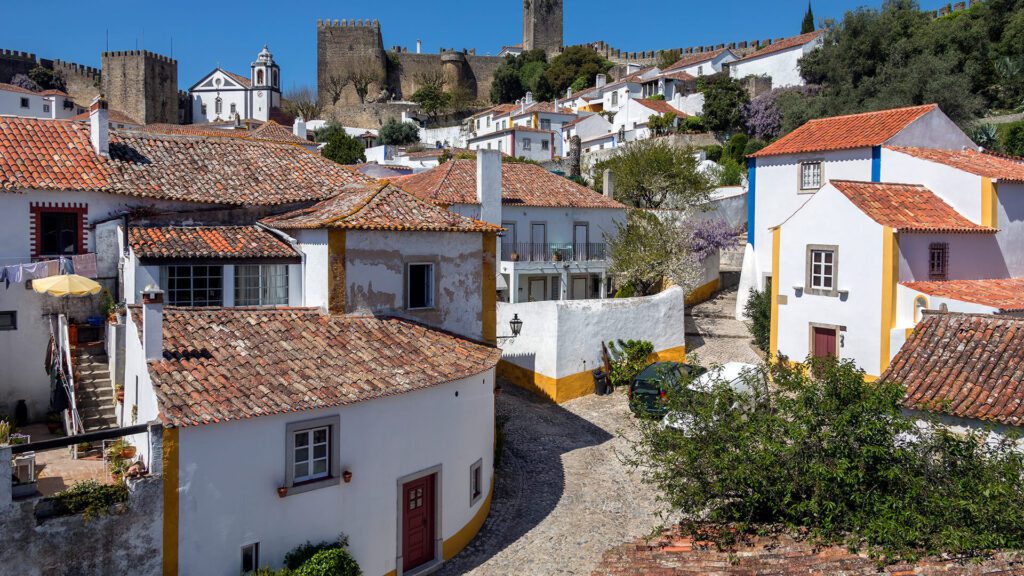
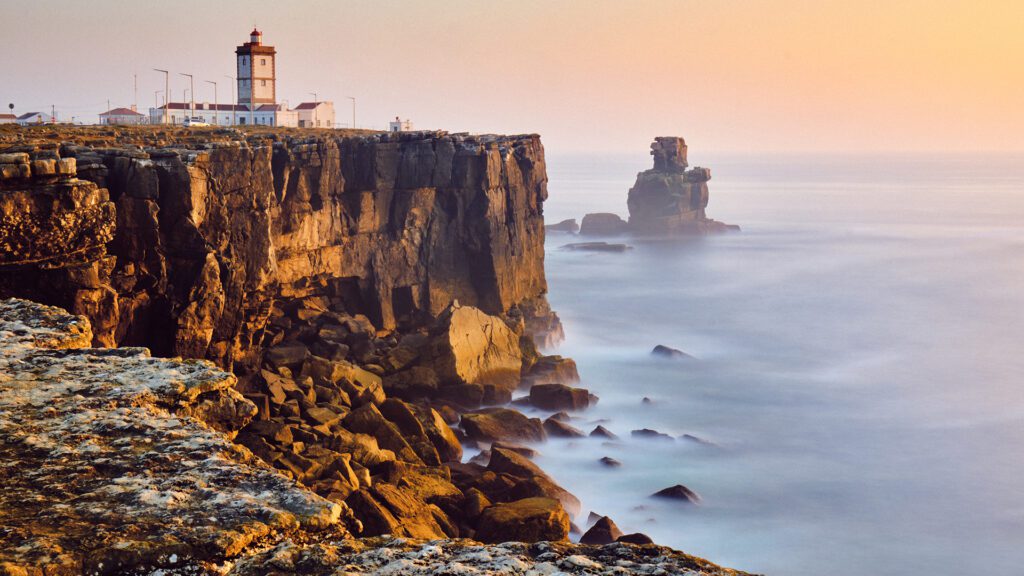
x
Óbidos
Óbidos had an important military function during the medieval period. Fences and battlements, towers and turrets, doors and wickets make Óbidos a reference of military architecture. The town has its center within the medieval walls, where walks through the narrow streets of the town reveal centuries of artistic enrichment, town transformation, royal protection, religious devotion and daily experiences.
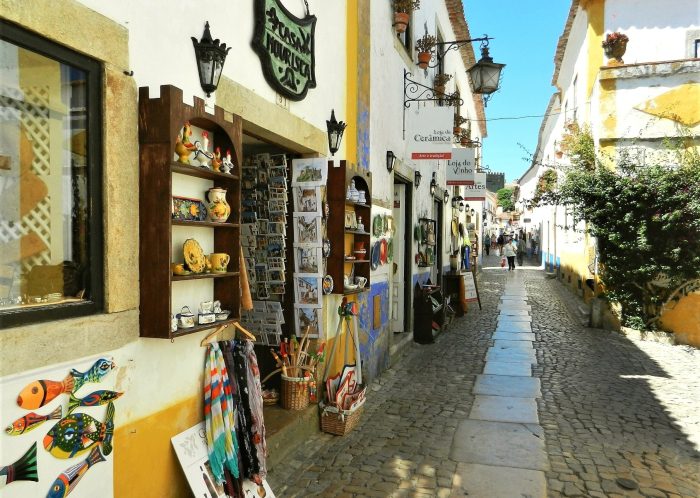
x
The Queen’s Village
The history of Óbidos and its relationship with royalty has queens as the main protagonists. The town became more prosperous from the moment King Dinis offered it as a wedding gift to his wife Isabel. So it belonged to Queen’s House who, over the course of several dynasties, benefited and enriched it, which explains the construction of many of the architectural landmarks that we find there, such as the Usseira aqueductIt was built in the 16th century by Queen Catarina, wife of King João III, and stretches for six kilometers.
Not only the queens, but also other women from Óbidos’ history have made the village so unique and charming. The village of the Queens, but also of the painter Josefa d’Óbidos and the loves of Bocage, reveals in its streets, squares and monuments, symbols of the presence of these women. It is certainly to all the women in the history of Óbidos that we owe the sensitivity and harmony of this town.
x
Inside the Walls: the famous sour cherry, the built heritage and beyond
The entrance to the village is through the Porta da Vila, where you will find the chapel-oratory of Nossa Senhora da Piedade, patron saint of the village. Rua Direita establishes the communication between the Porta da Vila and the castle and there we find several products, including the most famous liqueur of Óbidos, the ginjinha.
This liqueur is made from sour cherries, a red fruit similar to cherries. Don’t miss the opportunity to drink a ginja de Óbidos in an edible chocolate cup. In the middle of Rua Direita, you will find the town’s pillory and Praça de Santa Maria, where the Church of Santa Maria is located, founded in the Middle Ages and remodeled in the 16th century by order of Queen Leonor. In addition to the Church of Santa Maria, the Church of Misericórdia, the Church of São Pedro and the Church of São Tiago, a curious church that houses a charming bookstore inside, are also worth a visit.
Óbidos Castle is one of the town’s main tourist attractions. It has undergone many changes over time, especially after the earthquake that devastated the capital in 1755. Classified as a National Monument, since 1951 it has housed the Pousada de Óbidos, which occupies the Manueline-style palace built at the beginning of the 16th century and restored in the 20th century.
The Óbidos Wall, which connects to the castle, is also one of the town’s main sights. The wall can be entirely covered on foot, going around the whole village and allows you to have a comprehensive view of the castle, the village and the surrounding region, sighting, already outside the wall, the Sanctuary of Senhor Jesus da Pedra. Óbidos also has a number of spaces where you can find the town’s rich heritage, such as the Óbidos Parish Museum, o Abílio de Mattos e Silva Museum, a NovaOgiva Gallery e o Óbidos Municipal MuseumJosefa de Óbidos, a leading painter and a woman with an irreverent artistic attitude in the 17th century.
The town of Óbidos is known for the numerous events that take place within its walls. If you visit the village during the Medieval Market, you can take a real trip back in time. During the Christmas season, many families visit Vila Natal and let themselves be enchanted by the magic that runs through the town. The Óbidos International Chocolate Festival is the town’s sweetest hit.
In 2015, UNESCO considered Óbidos as a Literary City, as part of the Creative Cities Network program. Óbidos took on the label of a literary village and, thus, a series of bookstores and spaces of literary inspiration were born, which brought a completely different dynamic to the village. Two major events take place annually under the Óbidos Vila Literária label: Latitudes, a festival dedicated to travel literature; and FOLIO – International Literary Festival, one of the most important held in Portugal.
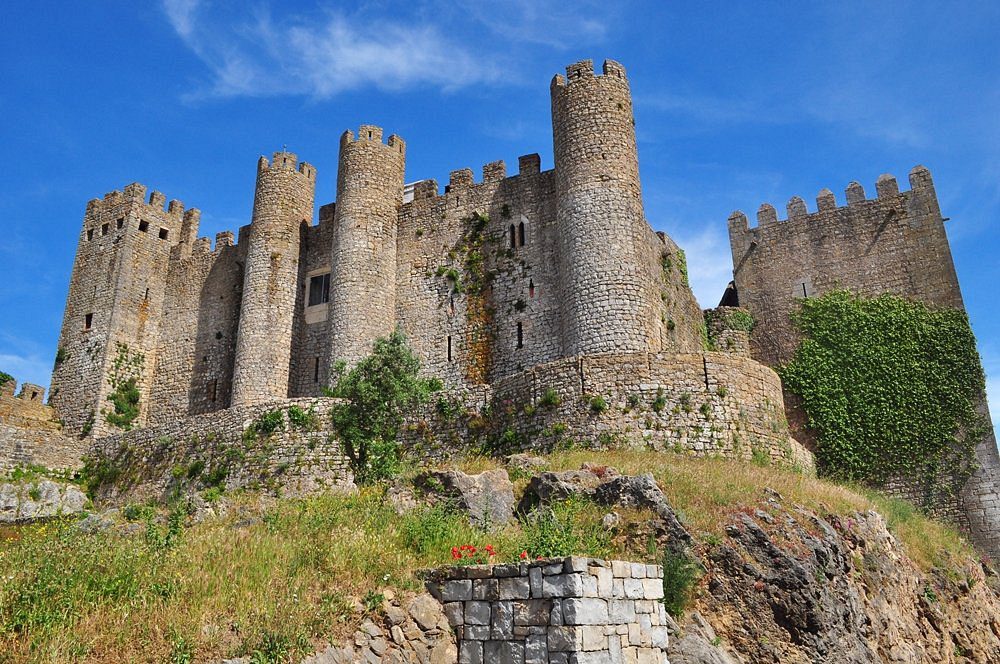
x
Peniche
The municipality of Peniche has a long and rich history, having been successively occupied by populations that made fishing and agriculture their main economic activities. It is one of the largest traditional fishing ports in Portugal and a major center of maritime-tourism activities. The sea remains one of the main points of interest and Peniche’s beaches are much appreciated. The visit to Peniche should also include a visit to the historic center, Cape Carvoeiro, Papôa and Berlengas Island.
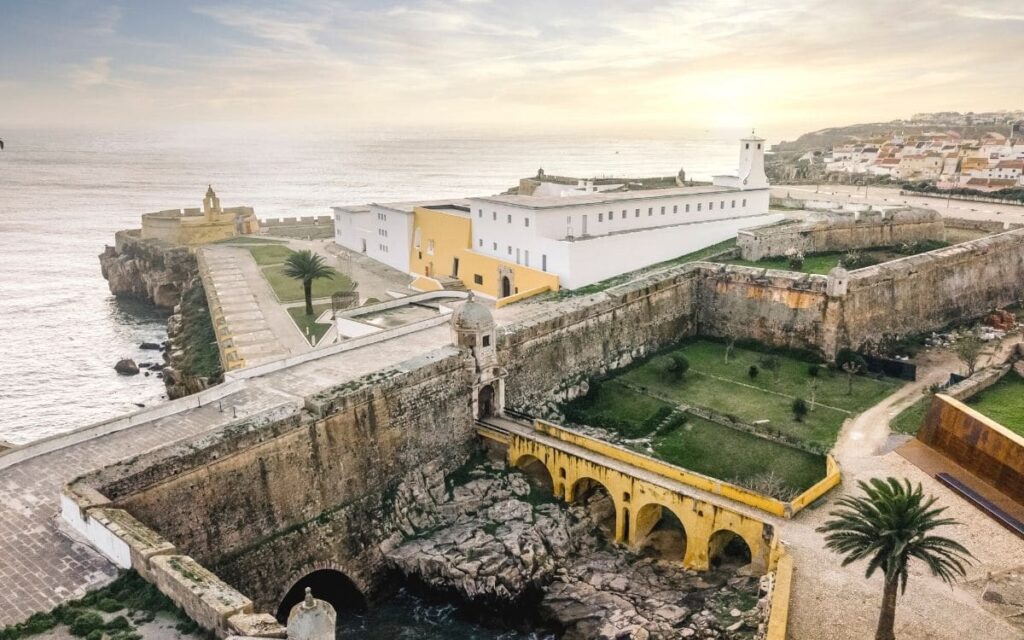
x
Historic Center: the fishing activity and the bobbin lace.
The city has a valuable heritage, with several points of interest to visit. In addition to the Church of St. Peter and the Church of Mercy, it is important to highlight the Fortress of Peniche, built in the century. XVI/XVII for the defense of the coast. Since April 27, 1974, the date of the release of political prisoners, the National Museum of Resistance and Freedom has been based in the Peniche Fortress. This museum was born from the recognition of the Peniche Fortress as a space-memory and a major symbol of the struggle for freedom.
The fishing activity developed in Peniche allowed the establishment of a solid shipbuilding industry. While the men were engaged in fishing and plowing the fields, the women, in addition to assisting in the salting, processing and storage of fish, were engaged in bobbin lace. Renda de Bilros is part of the cultural heritage of the people of Peniche and is the true ex-libris of Peniche’s handicrafts. You can visit the Museu da Renda de Bilros de Peniche, to better understand the conservation, enhancement and dissemination of this important cultural heritage of Peniche.
x
Cabo Carvoeiro
Cabo Carvoeiro is located at the tip of the Peniche Peninsula and is a place of great geological and landscape heritage value. The limestone cliffs that border the entire Peniche Peninsula tell a continuous story, imprinted on the rocks, dating back to the early Jurassic. Enjoy a fantastic view and watch the Berlengas. You will find the Cabo Carvoeiro Lighthouse, one of the oldest lighthouses still in operation. Other points of interest near Cabo Carvoeiro are:
Varanda de Pilatos | Gruta da Furninha | Santuário de Nossa Senhora dos Remédios | ilhéu da Papôa
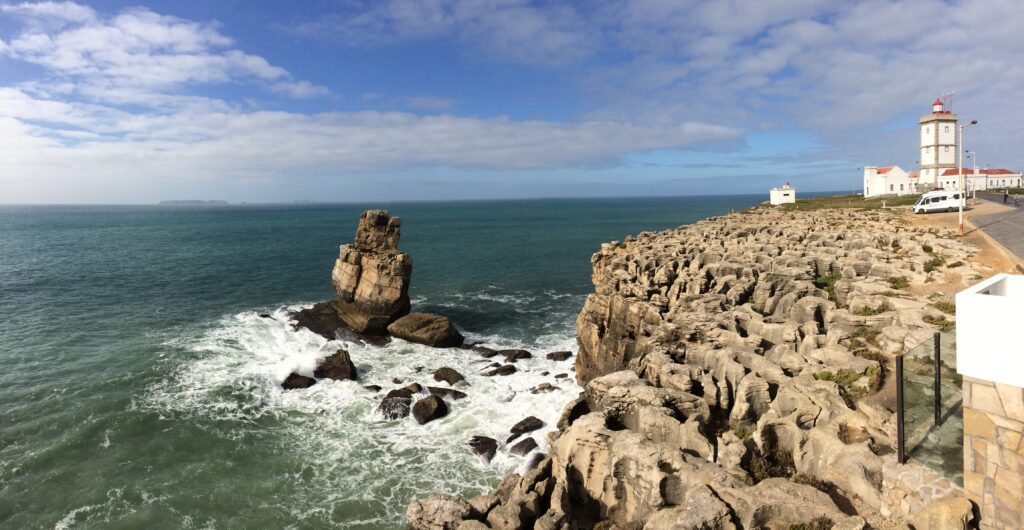
x
Berlengas
A boat trip away is the Berlengas Nature Reserve, a small archipelago about 10 km from Peniche. Classified since 2011 as a UNESCO World Biosphere Reserve, the Berlengas Nature Reserve was the first protected area in the country and presents a biological heritage of high conservation interest.
The complex and unique geological history of Berlengas gave rise to very scenic geoforms, such as the cave of Furado Grande, the cave of Sono, the arch of Tromba do Elefante, the valley of Quebrada, the carreiro dos Cações or the Maldita cliff. Berlengas Nature Reserve is also one of the best places for diving and birdwatching in Portugal.
Besides being the largest island of the archipelago, Berlenga Grande is also the only habitable one. In Berlenga Grande, you can enjoy the beach of Carreiro do Mosteiro, explore the rest of the island and get to know the fauna and flora that embellish this place. Here you will also find the Fishermen’s Quarter, the only settlement on the island, the Duque de Bragança Lighthouse and the São João Baptista Fort.
This fort was built during the 17th century, with the stones resulting from the demolition of the old monastery that was there, where the monks of the Order of St. Jerome lived. This fortress was built to counter the regular presence of corsairs and pirates on the island of Berlenga and to reinforce the defense of the citadel.
Peniche Beaches
One of the great attractions of Peniche is its beaches. You’ll find beaches to suit all tastes, from calm, translucent seas to tubular waves that attract surfers from all over the world. Baleal beach is considered by visitors as the best beach in Peniche and is divided into two parts, Baleal North and Baleal South.
The Supertubos beach is the most famous in the city, both nationally and internationally, for surf lovers, since here are some of the best conditions for surfing and bodyboarding in Portuguese territory. This beach is the stage for the Rip Curl Pro Portugal World Surfing Championship, an event that is part of the World Surf League Tour.

